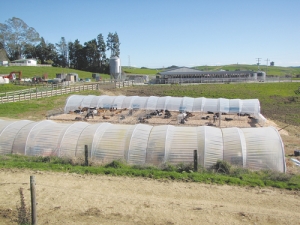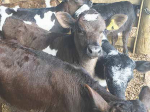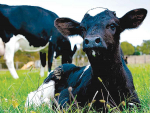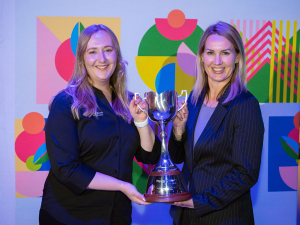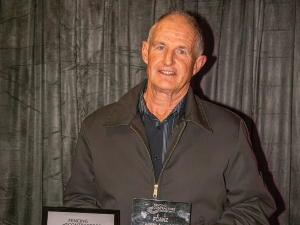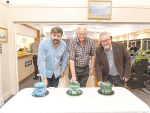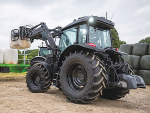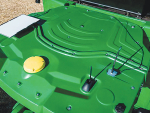It says proper calf housing should provide a warm, draft free environment with adequate ventilation and plenty of sunlight.
Liveweight gains in calves reared in a dedicated facility can be up to 10kg higher at six weeks than in animals reared in conventional sheds with the same fed inputs and similar management, the company says.
Additional lifeweight gains in the important first weeks of an animal’s life help it to achieve target weights at two crucial points further into a heifer’s life: at mating (60%) and at calving (90%).
“Unfortunately, calf housing often has a low priority on farms or on new conversions,” the company says.
“Neglecting this important part of a dairy farm business often leads to a range of pressures on the calves, and on the person in charge of raising them.
“But even today, it is estimated 75-90% of NZ farmers still use non-dedicated and woefully inadequate housing like converted wool sheds, hay barns or implement sheds and therefore risk their herds not reaching their potential.”
It is still happening despite dedicated calf rearing facilities costing as little as 1% that of a replacement heifer, based on an assumed 10-year depreciation time of the capital expense.
FlexiTunnel says there is evidence that most of the country’s replacement heifers fall short of expected liveweight targets. The financial implications are far reaching: heifers don’t reach the target and produce less milk.
A heifer that falls 20% below the target weight is expected to produce 10% less milk fat in her first lactation. This can equate to an average loss of 35kgMS or $175 at a $5 payout. And this represents the loss for just her first productive year.
On the other hand, heifers that reach the target weights not only produce more milk, they also have a better reproductive performance (fewer empties), a better calving pattern and remain longer in the herd, it says.
Tel. 03 322 4960

